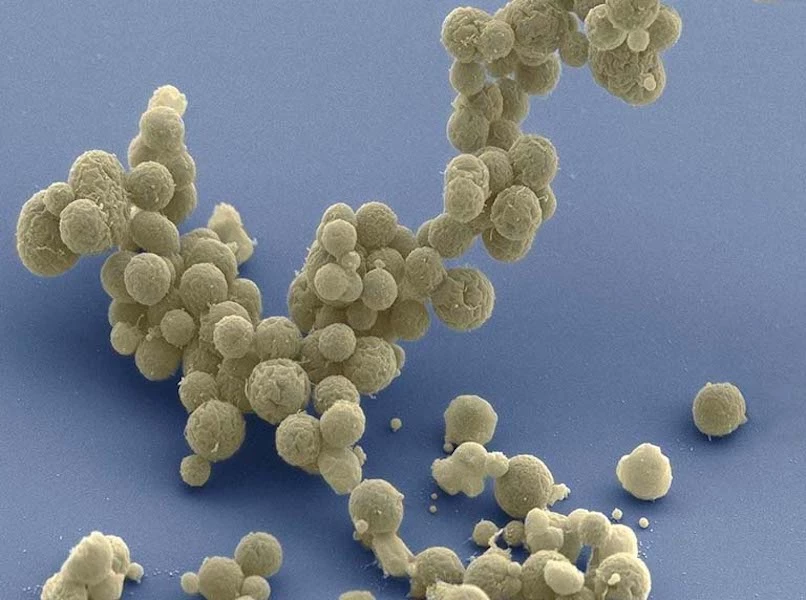How small a canvas can evolution work on? Scientists have experimented with a synthetic lifeform designed to have the simplest possible genome, and found that given the chance it can evolve lost fitness back, showing that indeed, “life finds a way.”
Simple or complex, if you put an organism in an environment evolution will get to work improving it. But is there a lower limit to that? If a lifeform has a genome consisting of just the essential genes, does that leave enough wiggle room for evolution to experiment? Or is it too risky that any minor change could kill the organism? Researchers at Indiana University Bloomington wanted to find out.
To do so, they turned to a synthetic lifeform with the simplest genome of any known organism. It was originally derived from a natural microbe known as Mycoplasma mycoides, which already had a very small genome of just 901 genes. In 2016, researchers stripped it down to the absolute bare necessities, containing under 500 genes – in comparison, E. coli have a genome of over 4,000 genes. More recently, other scientists have experimented with putting some genes back in to let the synthetic cells divide or move around.
For the new study, the researchers used a version called JCVI-syn3B, which contained just 493 genes. They grew cultures of the lifeform in the lab for 300 days, which is enough time for about 2,000 generations to pass. In human terms, that’s the equivalent of around 40,000 years.
“Every single gene in its genome is essential,” said Jay Lennon, lead author of the study. “One could hypothesize that there is no wiggle room for mutations, which could constrain its potential to evolve.”
After the 300 days had passed, the researchers tested how well the strain had evolved by placing it into a new chamber along with a version of the synthetic organism that hadn’t undergone the evolution phase, as well as the natural M. mycoides bacterium. Then the three strains competed in a classic “survival of the fittest” competition.
Unsurprisingly, the natural version of the bacterium, with its relatively complex genome, performed the best. But intriguingly, the evolved form of JCVI-syn3B fared much better than the unevolved form, recovering almost all of the fitness that had originally been stripped out of its genome.
On closer inspection, the team found that genes involved in constructing the outer surface of the cell had evolved the most. The function of others that had changed drastically remains unknown, however.
The scientists say that this study highlights the adaptability of life, and could help inform research into treating pathogens, engineering microbes for specific purposes, and the origin of life itself.
“It appears there’s something about life that’s really robust,” said Lennon. “We can simplify it down to just the bare essentials, but that doesn’t stop evolution from going to work.”
The research was published in the journal Nature.
Source: Indiana University Bloomington




